Warm, fragrant, and distinctly spicy, the bark of the Cinnamomum tree is a beloved ingredient used in kitchens around the globe to flavor beverages, desserts, entrees, and side dishes.
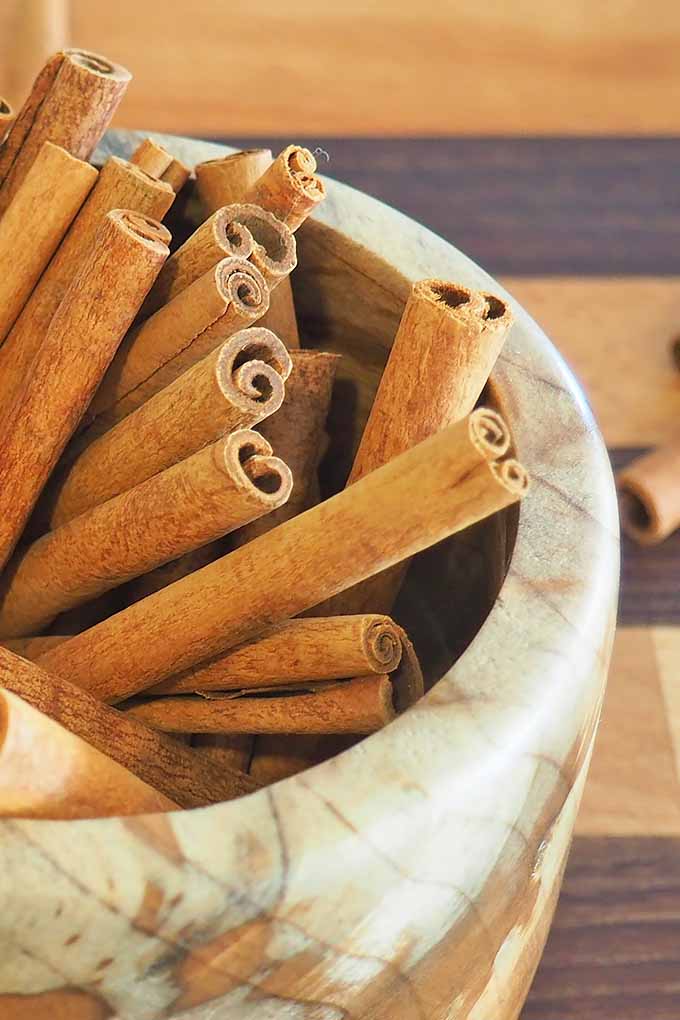
Used in both sweet and savory dishes, cinnamon has been revered throughout the ages for its sweetly spicy flavor and heady fragrance.
It’s also packed with nutrients and antioxidants, and has many medicinal applications as well – and it is easy to incorporate into your daily diet!
Would you like to learn more about this highly prized spice? Then join us now for a closer look at the following points of interest:
A Tropical Tree
Cinnamon is the inner bark of an evergreen tree in the Lauraceae (laurel) family from the aromatic genus Cinnamomum. It grows in tropical and sub-tropical regions, and is native to Bangladesh, Indonesia, the Malabar Coast of India, Myanmar, and Sri Lanka.
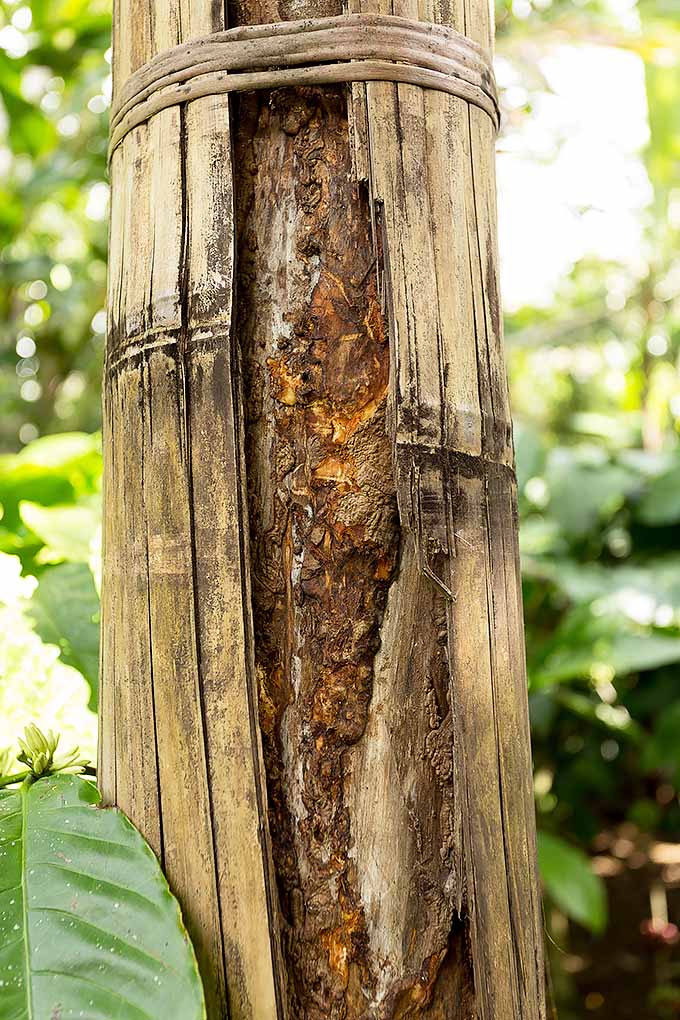
Several species make up the genus, with a few considered to be of commercial value. The leading producers today are Indonesia, China, Vietnam, and Sri Lanka.
The familiar sticks used in beverages and cooking are commercially known as “quills” – thin strips of bark that are hand-rolled after harvesting, then sun dried.
Ceylon or Chinese? There Is a Difference…
The Sri Lankan or Ceylon variety, C. verum (formerly C. zeylanium), is known as “true” cinnamon, and it has a sweet fragrance with a delicate flavor that makes it most suited for baking and desserts.
The Chinese variety, C. cassia, with a stronger flavor and spicy fragrance, matches better with savory dishes, and is the variety most commonly found in the spice section of supermarkets.
Other common varieties for the kitchen are the Vietnamese and Indonesian cultivars, C. loureiroi and C. burmannii.
In addition to the familiar quills, it is also available as a pre-ground powder, which has a stronger fragrance than the sticks – and the ground type is the form most often called for in recipes.
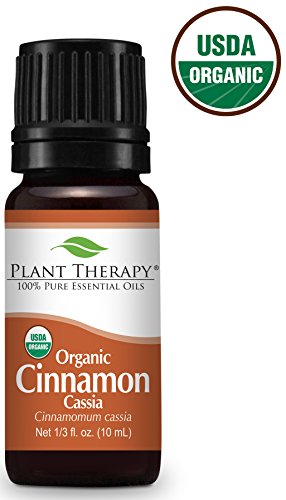
Plant Therapy Cinnamon Cassia Essential Oil, available on Amazon
For use in aromatherapy and holistic applications, an essential oil is produced by steam distillation. Available in health food stores, essential oils can also be purchased online as well, such as this organic, therapeutic-grade oil from Plant Therapy, available via Amazon.
The Spice Mystique
This ingredient has quite a long history. The Ancient Egyptians, Greeks, and Romans used the Sri Lankan spice for cooking, as a meat preservative, and in perfumes.
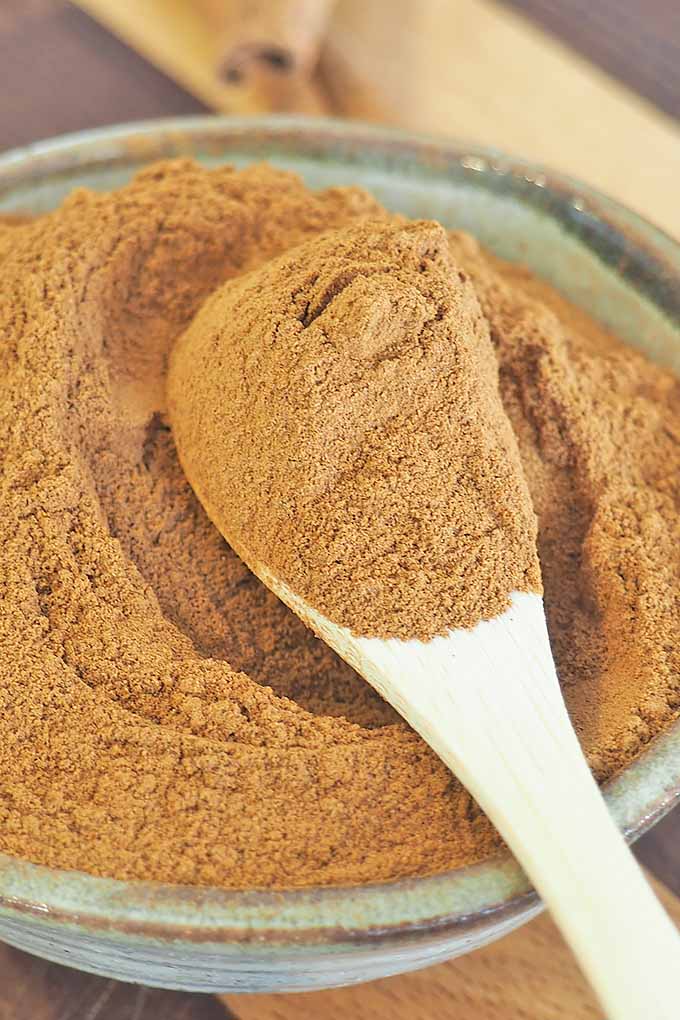
It’s referred to several times in the Bible, including the Song of Solomon, where it’s called one of the “choice spices.” And in the Book of Exodus, The Lord gave Moses a recipe for a holy anointing oil, with “sweet-smelling cinnamon” as the second ingredient listed – clearly, a favorite of the Divine!
Spices were among the first of internationally traded commodities, and savvy traders of the Middle Ages crafted a market-dominating technique still widely employed today – the mystique of scarcity.
Urban legend of the day had rare cinnamon trees growing in some vague, distant lands that were guarded by bloodthirsty serpents… and only a handful of daredevils were wily enough to risk approaching the serpents to retrieve sticks from their nests, one at a time.
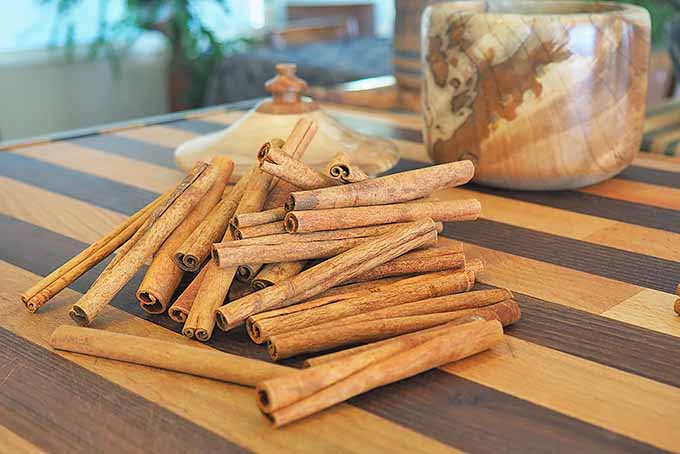
In the early days of the spice trade, spices were popular in the kitchen, but the biggest demand made on them was for their purported medicinal applications. And until the late stages of the Middles Ages, traders kept the Sri Lankan source a closely guarded secret.
This meant it commanded a princely sum, and was affordable only for a few – the wealthy, the nobility, physicians, and priests and others who acquired it for use in religious ceremonies. If you could afford it, you were most definitely considered to be among the elite, with a spicy social status!
By the 1500s, explorers searching for new trade routes to Asia discovered similar varieties in the Philippines, and by the mid-1600s, the Dutch East India Company had established several Asian trade posts for transfer of wild-grown spices.
Commercial cultivation soon followed, and with a greater supply, prices began to adjust.
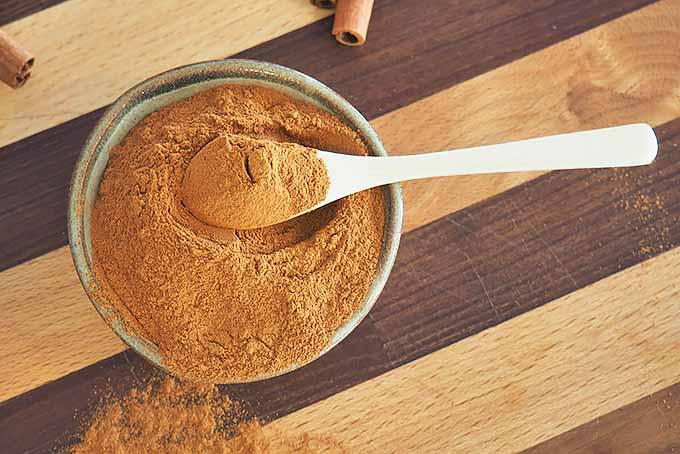
With the appearance of drugs such as tobacco from the New World, and opiates from the Far East, the allure of spices for pain relief and other medicinal properties soon dwindled, and prices continued to drop.
This is good news for the contemporary consumer, because a daily dose is not only tasty and healthy, it’s affordable too!
Now, let’s look at some of cinnamon’s famous uses in the kitchen.
Recipe Ideas to Try
Delicious in Desserts
The signature flavor for many baked goods, it features in such favorites as baklava, churros, and cinnamon rolls.

And when blended into a DIY pumpkin spice mix, it’s used extensively in pies, cookies, and sweet breads.
Add a pinch to a pastry glaze for a bright taste, or mix with cream cheese for a scrumptious icing on fresh rolls or carrot cake. Or mix it in to the filling for a pie, like our summertime blueberry pie, for just a hint of warmth to balance the fresh, fruity flavors.
And, oh my, what it does to the flavor of homemade ice cream!
Breakfast Bites
For breakfast, it’s a natural complement to cereal, granola, oatmeal, or yogurt, and it’s wonderful sprinkled on wholegrain toast, or mixed into waffle or pancake batter.
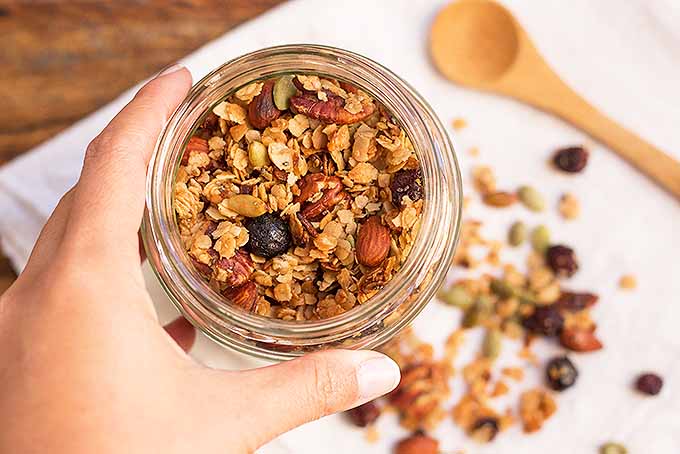
And it’s great with fruits too, such as applesauce, stewed rhubarb, and baked pears, or mixed with honey and then drizzled over a bowl of sliced bananas, kiwi, oranges, and strawberries.
Savory Fare
It also highlights the taste of many vegetables like a roasted root medley, baked squash, or carrots.
Used extensively in the cuisines of Asia, the Middle East, and North Africa, it is often added to many savory dishes.
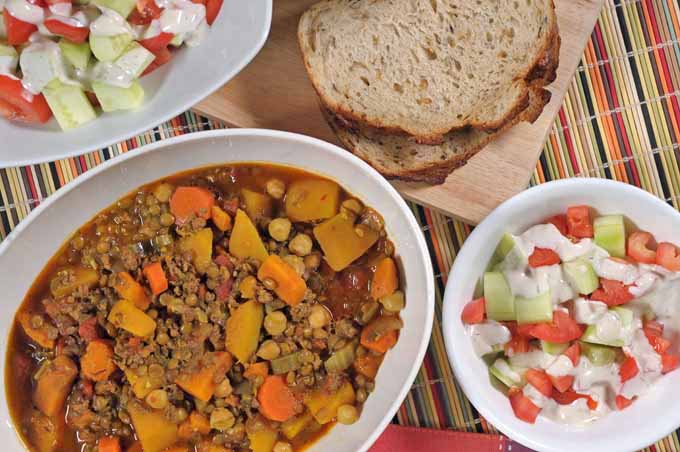
It’s a staple in vegetable soups, and adds zest to a veggie hash, stuffed eggplant, or peppers. It’s also a favorite for flavoring grains such as rice and couscous. And it’s widely used in dishes like curry, chili, or a rich Moroccan stew.
Piquant Potables
Cinnamon lends its unique flavor to many beverages, including mulled cider and wine, punch, chai and spicy teas, smoothies, eggnog, and winter coffees.
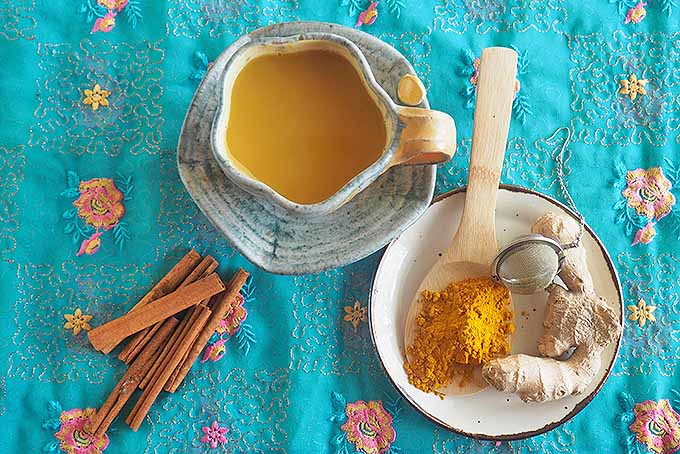
Condiments
You’ll also find that cinnamon is used in numerous spice blends, condiments, and spreads.
It is a tasty addition in our spiced blueberry jam, perfect blanketed all over scones, toast, pancakes, and more.
It’s typically included as an ingredient in mixes such as Chinese five spice powder, curry powder, garam masala, Jamaican jerk blends, pumpkin spice mix, and ras el hanout.
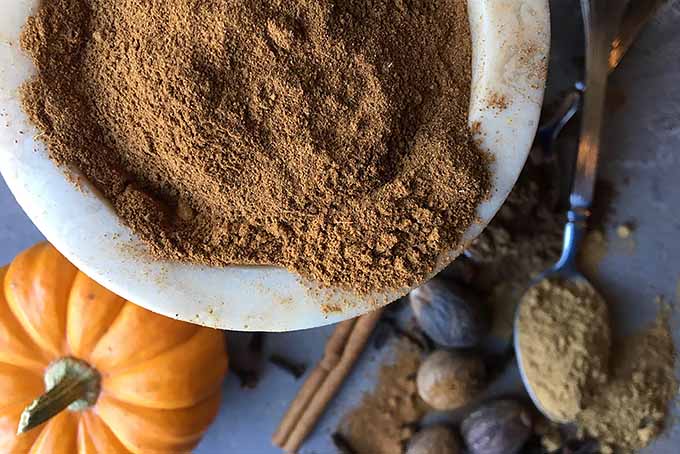
Plus, it adds a delicious zip to chutney, fruit confit, marmalade, or jams and jellies – like plum or blueberry jam.
Selection and Storage for the Freshest Flavor
When ground, the fragrance of this spice is stronger than that of whole sticks. And with either form, checking the fragrance is a good way to test for freshness – if the distinct, sweet aroma isn’t immediately noticeable, it’s probably past its prime.
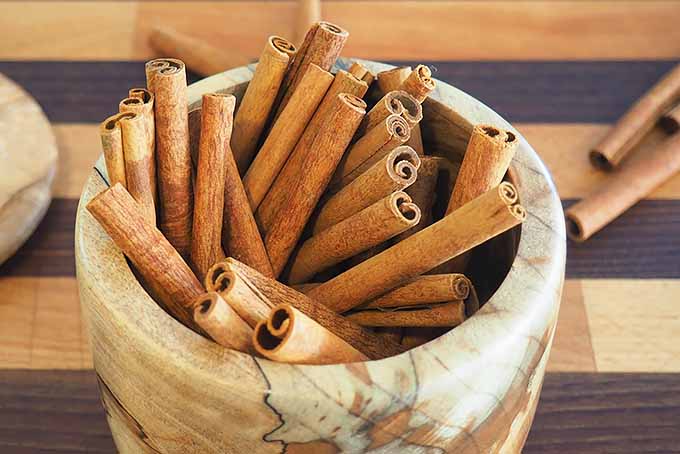
Store ground powder on your spice rack in airtight spice jars, and sticks in an airtight container. Place in a cool location out of bright light and direct sunlight.
For the freshest flavor, grate your own powder from sticks using a spice grinder, or fine-gauge zesters and microplanes.
Purchasing cinnamon in most grocery stores is a bit of a guessing game. The variety is rarely indicated on the packaging and the harvest date is often missing as well, leaving you guessing as to the possible freshness and flavor of a given product. Most often, the products in our local spice section of the supermarket are the less expensive C. cassia.
To be sure you’re getting exactly what you want, look for the variety name on the package – like these organic, true Sri Lankan Ceylon cinnamon sticks, available on Amazon.

Organic Ceylon Cinnamon Powder, available on Amazon
Organic ground cinnamon is also available on Amazon, like this 1-pound bag of Ceylon cinnamon.
Stored properly, ground powder will last approximately 6 months, while the sticks are viable for up to three years in optimal conditions.
Health Benefits and Concerns
Cinnamon’s essential oils, like eugenol and cinnamate, have a sweetly aromatic fragrance and bestow a host of beneficial properties.
Widely used in traditional and holistic medicines, numerous studies have shown it to be effective in treating several ailments including diabetes, cardiovascular disease, and neurodegenerative disorders.
Boasting some of the highest antioxidant levels of any food, it tops the ORAC (Oxygen radical absorbance capacity) scale, which makes it an important player against chronic inflammation. Notable among its list of flavonoid phenolic antioxidants are carotenes, cryptoxanthin, lutein, and zeaxanthin – all important for the maintenance of good health.

Some other common uses are as a local anesthetic in dentistry, as a rubefacient (warming agent), and for its antibacterial properties. Cinnamon is sometimes touted for its properties as a digestive aid as well.
It is important to note, however, that we rarely consume much cinnamon in one go. And overall, this is not regarded as advisable. Research suggests that consuming large amounts of C. cassia may contribute to health problems, due to its high amounts of the compound coumarin.
However, these high levels are not found to be present in the C. verum cultivar, making it a safer choice. In fact, C. cassia contains 12.5 times the amount of coumarin as C. verum, at 87000 mg/kg in the Chinese variety compared to 7000 mg/kg in Ceylon.
This is another reason true cinnamon is often preferred to cassia, although both are safe for consumption in small to moderate amounts.
The Spice of Life
Did your taste buds perk up with all that cinnamon talk?
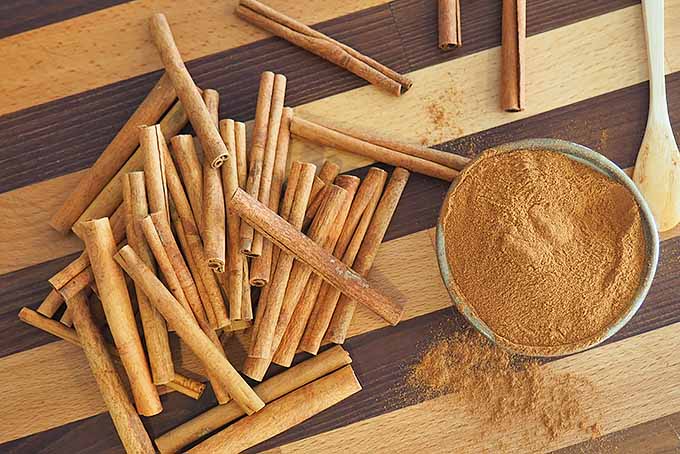
With so many ways to enjoy this popular spice, will you be trying something new? Whether you choose powdered or quills, you can enjoy its unique flavor and fragrance in baked goods and beverages, with grains or vegetables, and in savory dishes.
Remember that Ceylon or true cinnamon is most widely used in desserts and baking, and the Chinese or false variety is more suitable for savory dishes – and it’s also what you’ll find in most grocers.
And while you’re thinking cinnamon, try more of our favorite cinnamon recipes, like these wonderfully ooey-gooey classic cinnamon rolls, Swedish blueberry breakfast soup from The Domestic Dietitian, vegan BBQ meatballs from Kitchen Window Clovers, or a tasty ground beef or braised short rib Instant Pot chili from Wanderspice.
Don’t forget to Pin It!
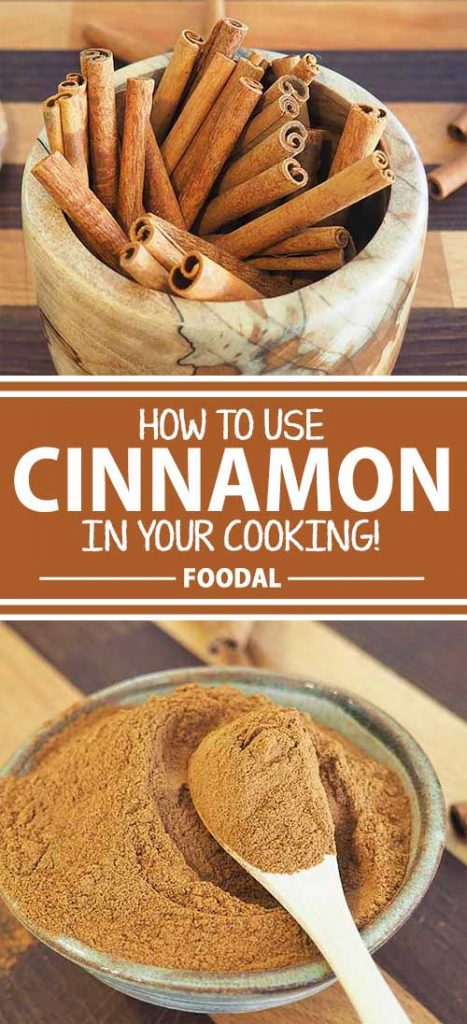
Photo credit: Credited photos by Lorna Kring, Kendall Vanderslice, Felicia Lim, Mike Quinn, and Nikki Cervone, © Ask the Experts, LLC. ALL RIGHTS RESERVED. See our TOS for more details. Product photos via various companies. Uncredited photos: Shutterstock.
The staff at Foodal are not medical professionals and this article should not be construed as medical advice. Foodal and Ask the Experts, LLC assume no liability for the use or misuse of the material presented above. Always consult with a medical professional before changing your diet, or using supplements or manufactured or natural medications.
About Lorna Kring
Recently retired as a costume specialist in the TV and film industry, Lorna now enjoys blogging on contemporary lifestyle themes. A bit daft about the garden, she’s particularly obsessed with organic tomatoes and herbs, and delights in breaking bread with family and friends.

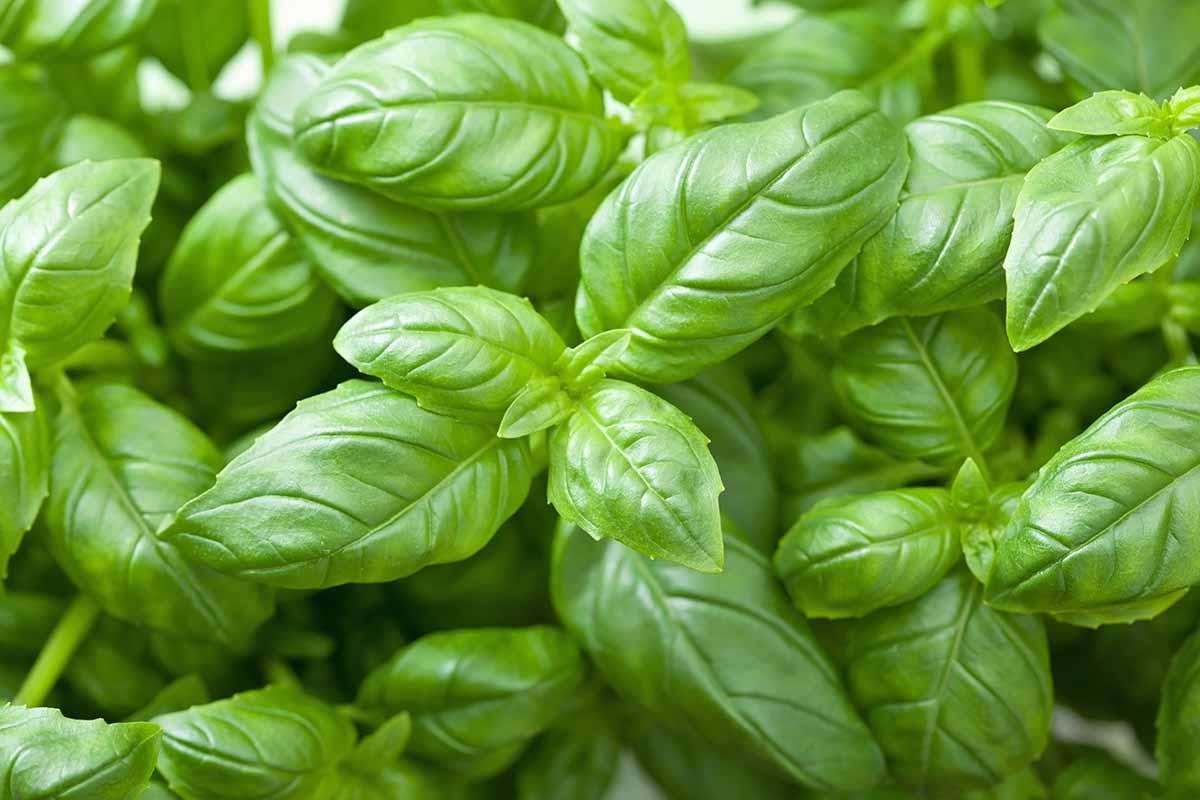
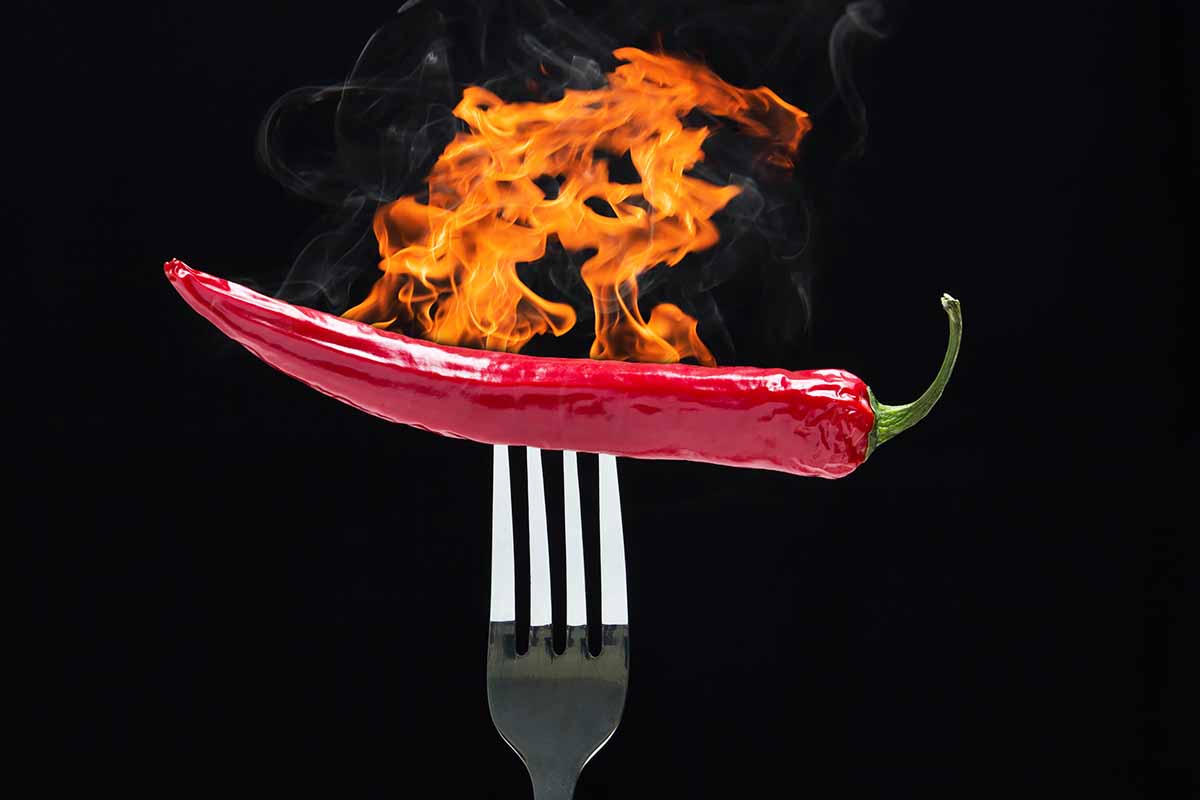
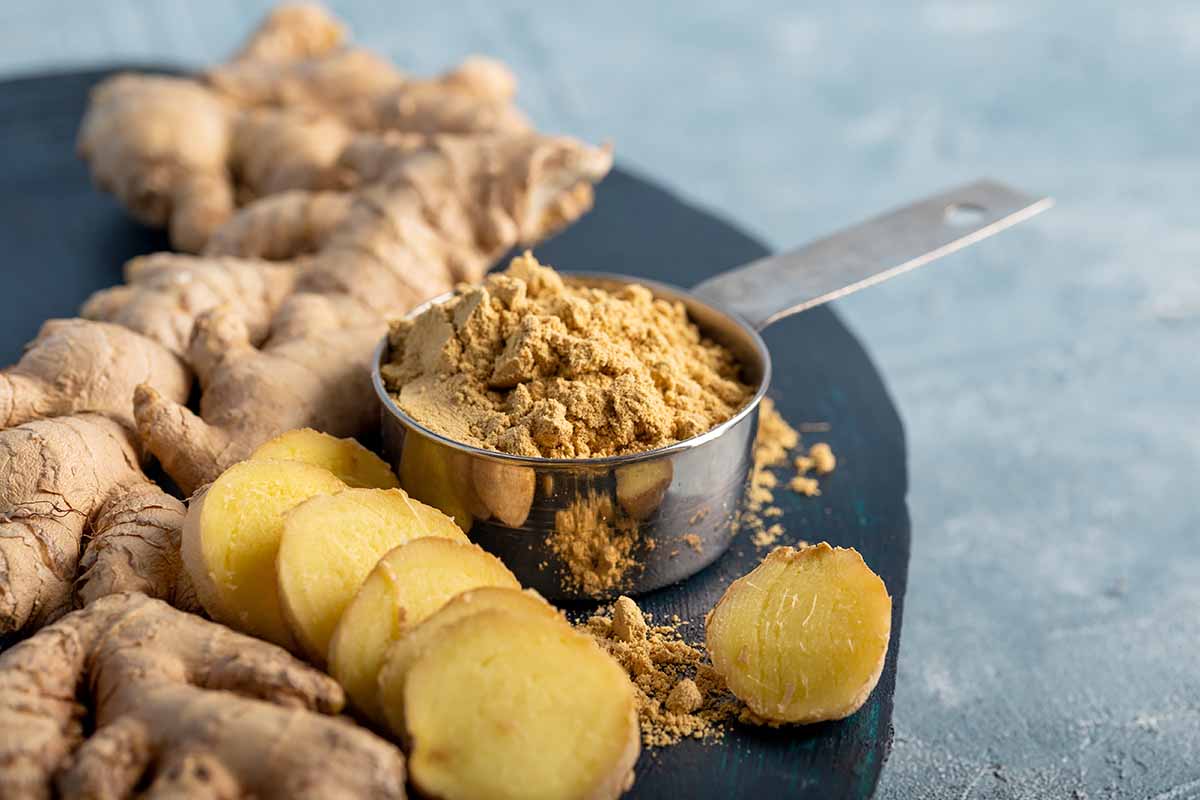
Hi, I LOVE cinnamon but…. I have reflux not hurrendously bad lately , but it’s there. And I have to be careful sometimes. I use replacements for garlic (cry, cry) loved garlic . I use a replacement also for onions. Tomatoes are a no no. But I’ve read contradictory statements regarding this gorgeous spice. What is your opinion on this question please. I would add it’s not something I wanna use every day but would like an opinion on the reflux question. Thank you.
Thank you for such an informative article on cinnamon. Does freshly ground cinnamon lose its nutrient qualities when added to cooked food, such as oatmeal, or should we cook the oatmeal with cinnamon?
The flavor of cinnamon can degrade with high heat exposure as in baking, and high heat exposure can damage or degrade a variety of nutrients. The freshness of dried spices can also have an effect on antioxidant content. Some of the phytochemicals in cinnamon may potentially be more readily bioavailable when heated, though I was not able to find scientific evidence to back this up as it pertains to cinnamon specifically. I’d recommend stirring cinnamon into your oatmeal just before serving.